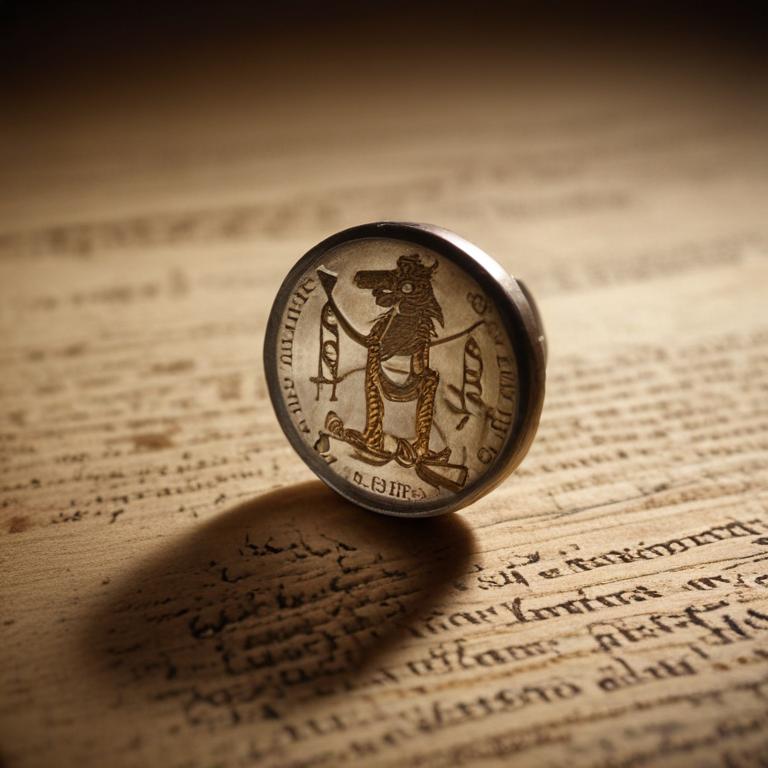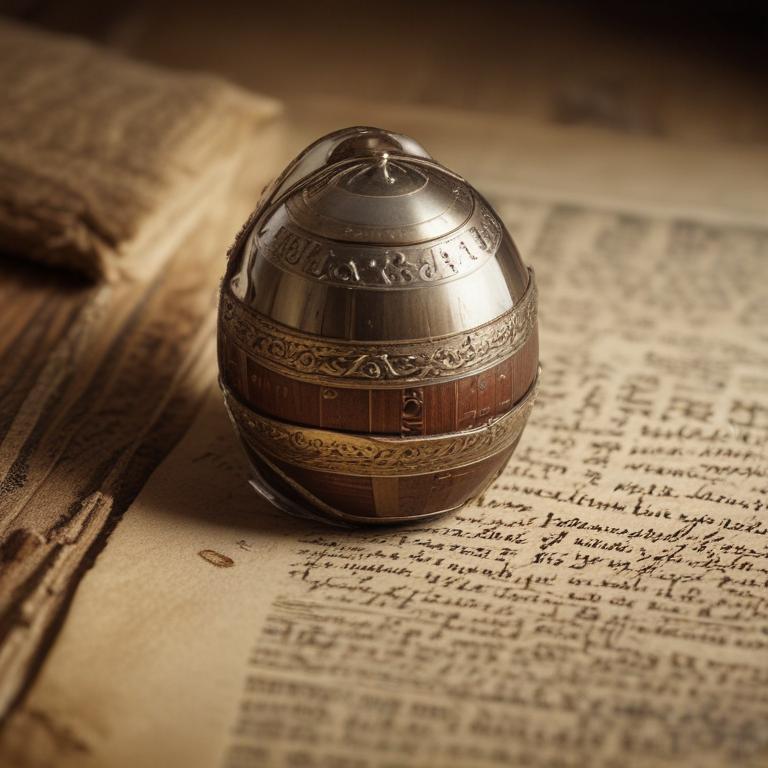发音 (Pronunciation):
IPA: /hɪˈstɔːrɪkəl/
中文近似: 黑丝脱瑞靠(儿)
中文意思与词性 (Meanings & Part of Speech):
- 历史的,和历史有关的(用于形容与过去历史事件、人物、现象等有关) (adj.)
- 基于或关于历史的(如历史小说、历史记录等) (adj.)
例句 (Examples):
1. This building is of great historical importance.
(这座建筑具有重要的历史意义。)
2. She likes to read historical novels.
(她喜欢读历史小说。)
用法提示 (Usage Tip):
注意区分 historical 和 historic。historical 泛指与“历史有关的”,而 historic 特指“在历史上具有重大意义的”。
更多关于 "historical" (More about "historical")
单词来源 (Etymology)
“historical”源自拉丁语“historicus”,意为“历史的”,再追溯自希腊语“historikos”,与“历史”相关。
词根词缀解析 (Root & Affix Analysis)
词根“histor-”意为“历史”,后缀“-ical”表形容词,表示“与……相关的”。
“historical”的字母与词根个性化解读
字母象形/引申义 (个性化参考)
- 字母 'h' 的象形或引申含义可能包括: 梯子 (象形) -> 高, 大; 手 (hand, hold); 房子 -> 隐藏; 拟声 (送气音 哈气); 音变: H=G=K=C, H易脱落。
- 字母 'i' 的象形或引申含义可能包括: 我 (an, any, one -> 人); 水滴 -> 水 (ice); 尖, 一点, 小 (inch); 元音互换: A=E=I=O=U=W=Y。
- 字母 's' 的象形或引申含义可能包括: 水波纹/走路痕迹 (S象形); 吐气轻细咝 -> 说话 (拟声); 音变: S=C=Z=TH=X。
- 字母 't' 的象形或引申含义可能包括: 顶端 -> 记号/标志; 手杖 -> 抓 -> 手 -> 伸展 -> 指示代词; 支撑 -> 站立; 三叉 -> Tr转换/转; 分叉; 音变: T=D=S=TH。
- 字母 'o' 的象形或引申含义可能包括: 眼睛/嘴 (圆形) -> 张开, 转动; 圆柱; 音变: A=E=I=O=U=W=Y。
- 字母 'r' 的象形或引申含义可能包括: 直立, 向上 (字母R形); 走, 跑 (R象形人); 弯曲 (舌头卷曲); 音变: R=L=M=N。
- 字母 'c' 的象形或引申含义可能包括: 骆驼头 (象形) -> 运输 (car); 抓 (手型); 砍 (弯刀); 包围 (形状); 合并; 叫喊 (嘴型); 走/动; 音变: C=G=K=S。
- 字母 'a' 的象形或引申含义可能包括: 牛角 (象形: 牛头, 力量, 能力); 下面宽上面尖 (形状) -> 延伸, 远处, 高处, 方向, 指示。
- 字母 'l' 的象形或引申含义可能包括: 拉长, 长 (line); 舌头 -> 说 (language); 细, 少; 音变: L=M=N=R。
词根/组合解读 (个性化参考)
- 单词中的片段 'al' (源自词根/组合 'al') — 含义: 在远处(印欧语); 生长, 成长; 后缀:形容词/名词; (来源提示: 印欧语 al=在远处; A(高远)+L(拉伸); 后缀).
学习提示:以上针对单词 historical 的字母和词根解读,主要基于提供的特定象形及词根资料。这些提示旨在启发联想,而非绝对定论。更通用的记忆规则和原则请参考首页。英语词源复杂多变,实际应用中请结合更全面的词源词典和语言学知识进行深入学习。
常用词组 (Common Phrases)
- historical event: 历史事件
- historical records: 历史记录
其他语言 (Other Languages)
- 德语: historisch
- 法语: historique
字母整体创意联想
“historical”整体像一本长长的书名,h像书脊,多个i像书页竖线排列,组合起来容易联想到历史厚重的书。
逐字母创意解读
中文谐音助记
“历史靠(historical)它来记载”,谐音“黑丝脱瑞靠”,可以记为一本被黑色历史记载的书“靠”着你。
相关电影/名言
"This is a historical moment for all mankind."
(这是全人类历史性的时刻。)
- 《阿波罗13号》(1995)
趣味知识/故事
在英语中,historical和historic经常被混用。“Historic”通常用于特别重要的历史事件,如“忆及具有历史意义的一天(a historic day)”。著名的温斯顿·丘吉尔曾纠正过记者关于这两个词的误用,强调历史的精确表达对记录世界非常重要。
拓展信息
“historical”常用于描述与历史相关的事物,比如历史建筑、历史书籍、历史记录等。
该词作为形容词时常与名词搭配,形成固定搭配,如:“historical fiction”(历史小说)、“historical documents”(历史文件)。
易混淆词“historic”指的是“具有历史意义的”,而“historical”更广泛用于形容任何与历史相关的内容。
注意在口语或写作中根据具体语境选择正确的词语,以避免混淆。
网络参考 (More about "historical" from the Web)
Historic vs. Historical: What's the difference? - Merriam-Webster
Learn how to use historic and historical correctly in different contexts and whether to use a or an before them. Historic is usually reserved for important and famous moments in history, while historical is the general term for describing history.
HISTORICAL | English meaning - Cambridge Dictionary
Learn the meaning of historical as an adjective related to the past, and see how it is used in different contexts and domains. Find synonyms, antonyms, and translations of historical in various languages.
Nuremberg - Wikipedia
Nuremberg (/ ˈ nj ʊər ə m b ɜːr ɡ /, NURE-əm-burg; German: Nürnberg [ˈnʏʁnbɛʁk] ⓘ; in the local East Franconian dialect: Nämberch [ˈnɛmbɛrç]) is the largest city in Franconia, the second-largest city in the German state of Bavaria, and its 544,414 (2023) inhabitants [3] make it the 14th-largest city in Germany.. Nuremberg sits on the Pegnitz, which carries the name Regnitz ...
更多图片 (historical More Images)

